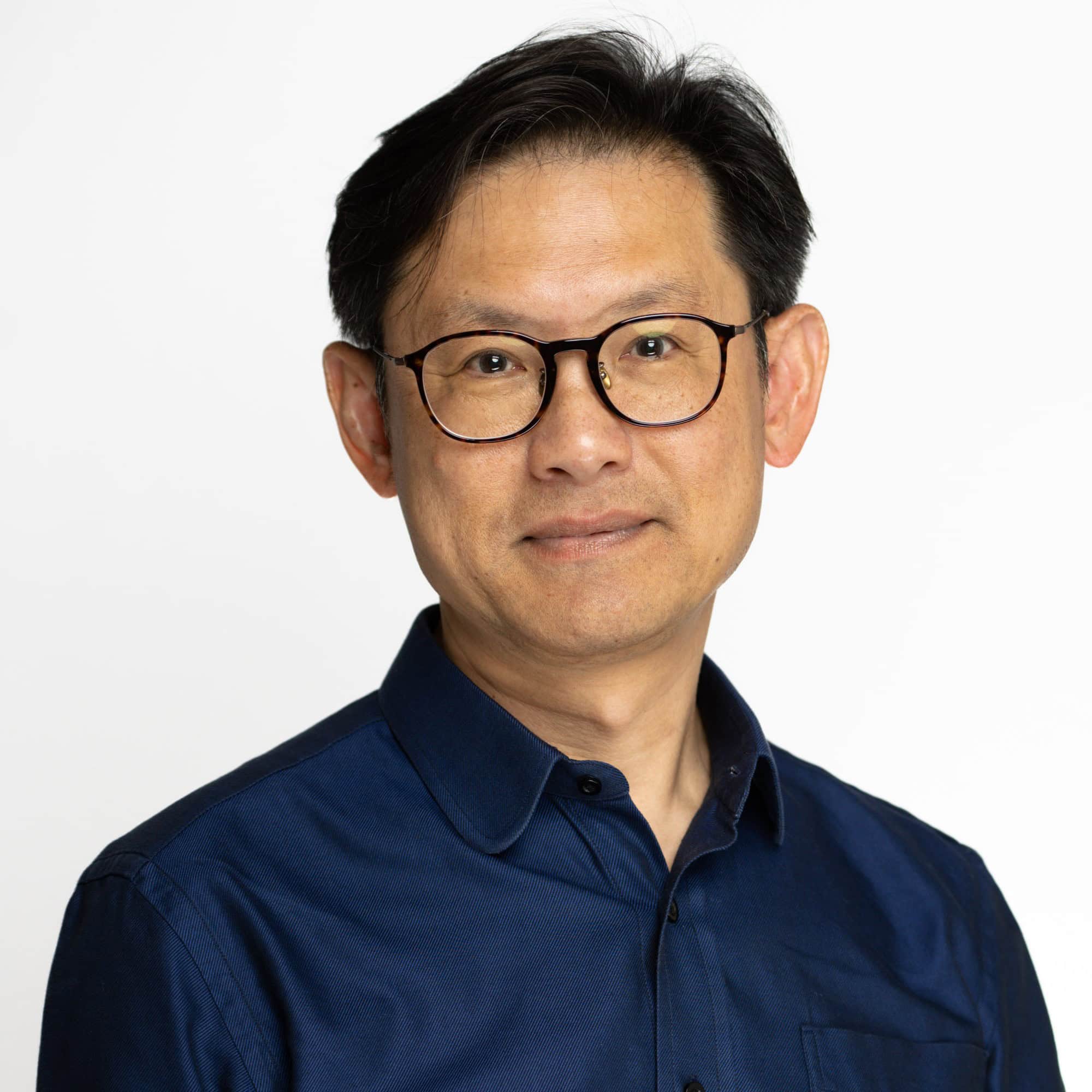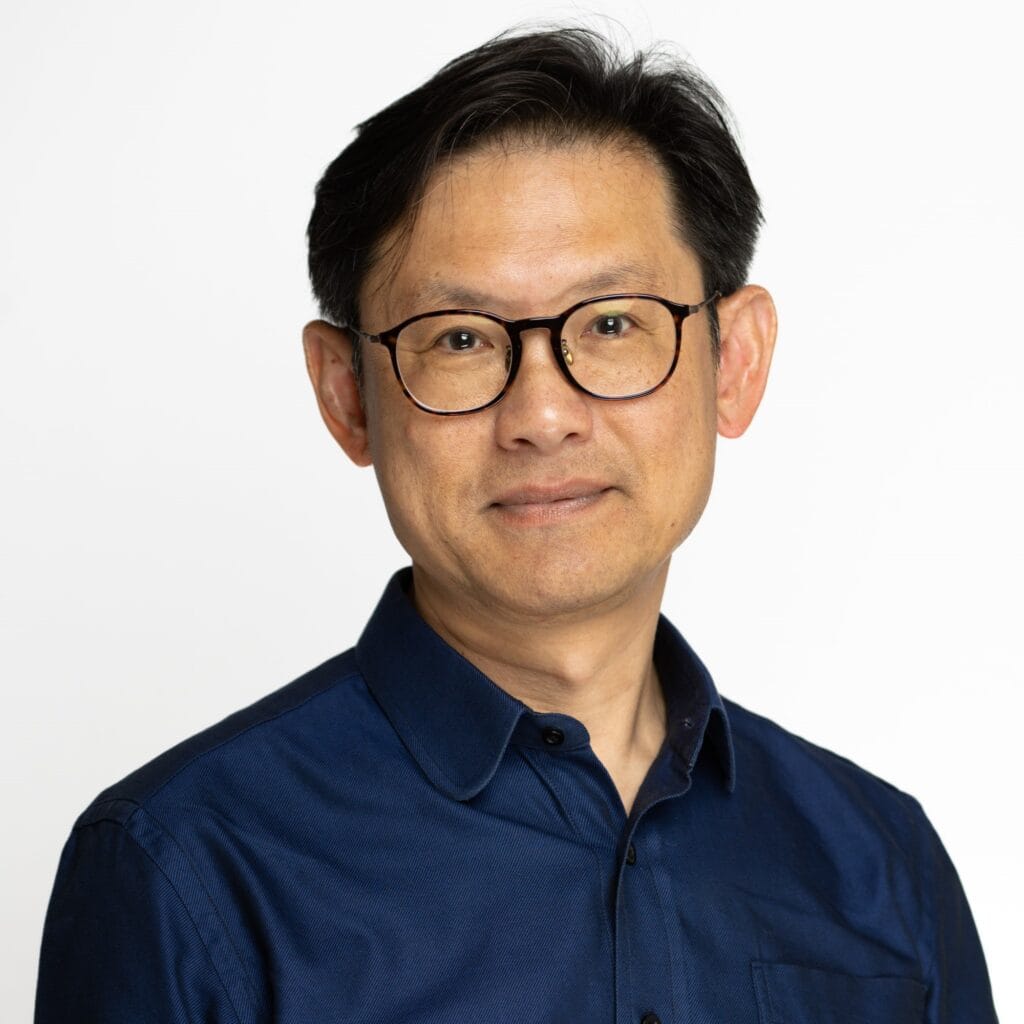

NAK’s Staff Spotlight series has the goal of letting you get to know our team better through a series of 6 questions, geared to explore how we chose the field of design, what our guiding principles are, and what type of advice would we give. Today, we are getting to know, one of NAK Toronto’s Associates, Eddie Wu!
Flashback to when you were 10 years old. What did you want to be when you grew up and why?
Back then, we lived in a 400 sq.ft open floor social housing unit with a family of 7 including my grandmother. We used a folding table at dinner time so it could be put aside for more useable space. My wish at the time was becoming a postman when grew up so I could run around all day and to see the outside world.
What made you choose the field of Landscape Urban Design?
It wasn’t an intended choice. The original application in Grade 13 (Newtonbrook Secondary School at Yonge & Steels) was for architecture. My portfolio however was mainly landscape & fruit paintings and garden design that got planted in a public park. An offer for landscape architecture came from U of T with an admission scholarship. Well, I thought it was still architecture and there was cash offer, so I went with it.
What are some of the principles that you have lived by? What guides you?
For everyday life, I am more towards the Tao philosophy to flow with nature and harmony. Nature is fluid and circularities have indefinite sizes and scales, just like landscape ecology. Things are not absolute, and there are always multiple perspectives and choices to a particular issue. In designing, I always see options and alternatives, and opportunities for improvement at every steps. Design never stops.
If you could trade lives with one person for a day, who would it be and why?
This would be my wife so I could see myself from her perspective.
Do you have any favorite stories from your work life? What are they?
There is one that has made me see life differently and got me to care more about people and public space, and that we do have a role in making the world a better place to live.
It was my first trip to Mumbai for a landscape master plan workshop. While commuting in the car, I saw a family of 4 with very young children all lying on a blanket playing happily by a dirty curb side. I realized that was their home and all they had. Still, the family appeared to be joyful and have accepted the way of life. Then I saw a long retaining wall along the roadside having patches of colour and peeling paper marks. A local consultant said there used to be shanty shelters, and these were interior wall paint of their home.
These moments remined me that we have taken things for granted for so long and automatically applying our design standards everywhere, assume our expectations are what other people should have. Since then, I’ve paid more attention to the local/regional context and people’s way of life, as well as those less resourceful.
The experience immediately informed our other on-going projects for more design caring, and for flexible and livable public spaces. It also influenced another hotel project in Doha where the footprint of 5 hotel additions and associated traffic demand took out almost all in-zone pedestrian circulation path, and with the argument that it was too hot and nobody would walk. We fought with the design team to reshape and relocate some massive air shafts to at least squeezing a 600mm sidewalk for the maintenance workers. Workers and staff are users and sharing spaces too.
Another perspective hanging moment was during a trip to Bogota for social housing community master plan and landscape. Our client took us to see their sales centre. I was surprised that 4-bedroom unit just cost the same as a Honda Civic in Toronto ($15,000 at that time]. To make it more affordable, people may just buy an unfinished unit with rough walls and utility rough-ins only. Having learned this, our attitude to the design approach became more practical and flexible allowing the community to take ownership to continuously build their own amenity spaces.
There are many more stories and in many places. Each taught me something about people, culture, and the environment. All have provided positive reinforcement that I am in a meaningful profession.
What career advice would you give to your younger self?
Strengthen your professional skills and knowledge gradually, from technical to management, and then to design. Don’t rush to be a designer or too content with comfortable work.
There are learning opportunities for everything you do. You could always learn something useful from your colleagues.
Also learn from other disciplines; design is a collaborative effort.
If possible, broaden experience in project types, scales, and context. Each has its unique design issues and special knowledge.
Pursue meaningful topics & issues every other year and take effort in applying in practice.
Before you become senior management, keep learning new graphic technology and application software; don’t lose your skill and habit in freehand sketches & drawings.
